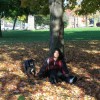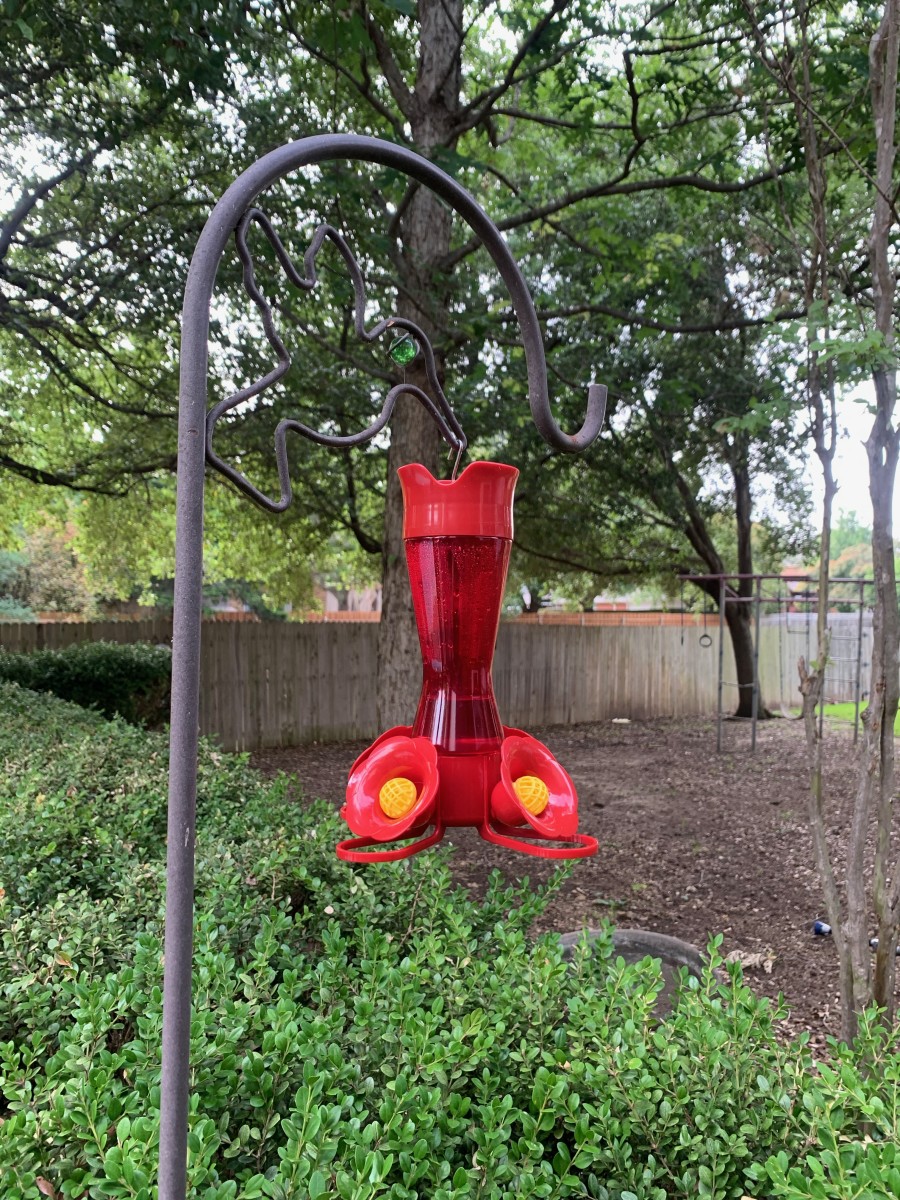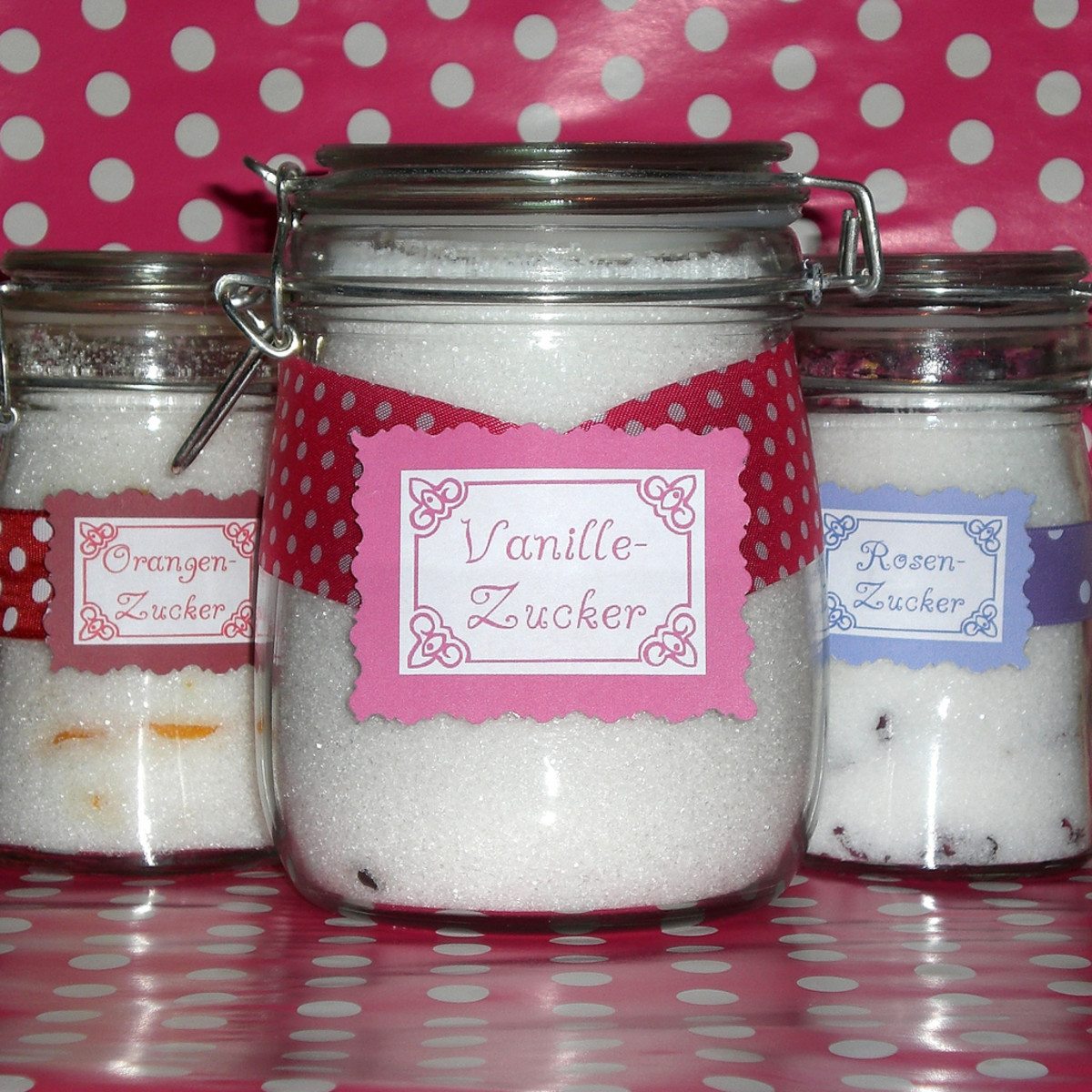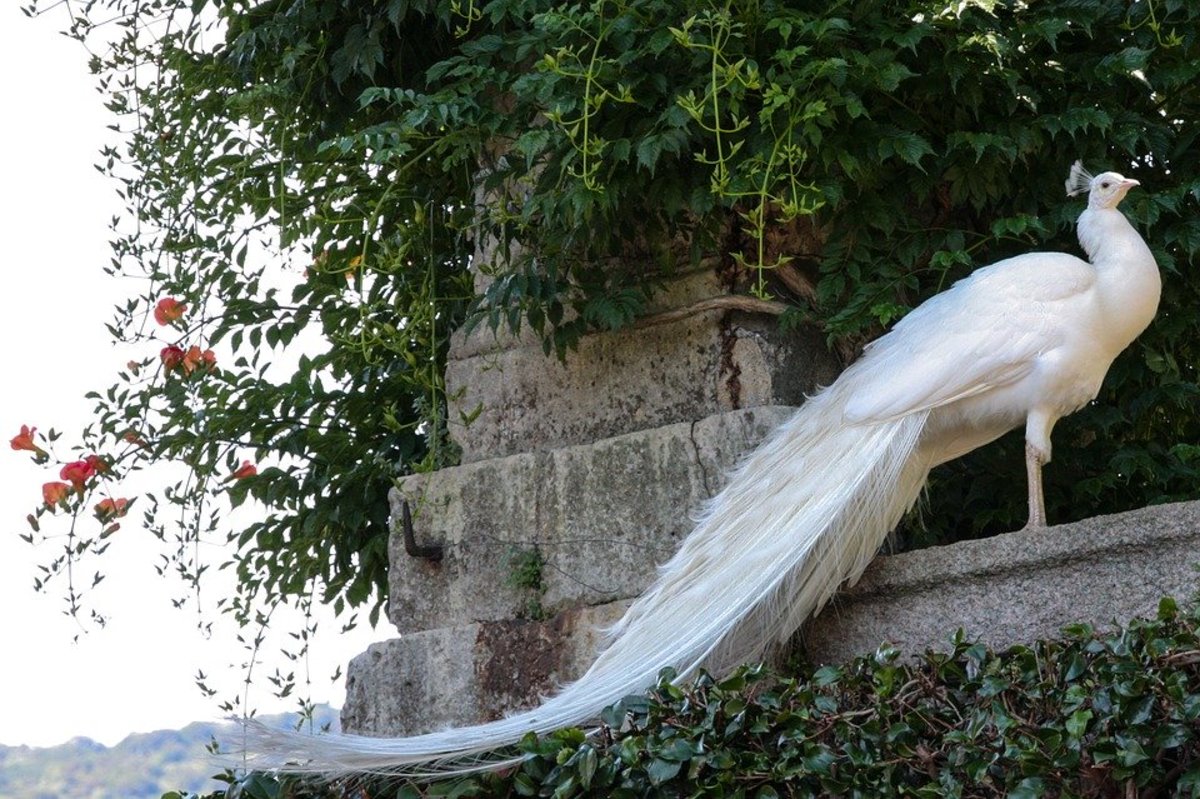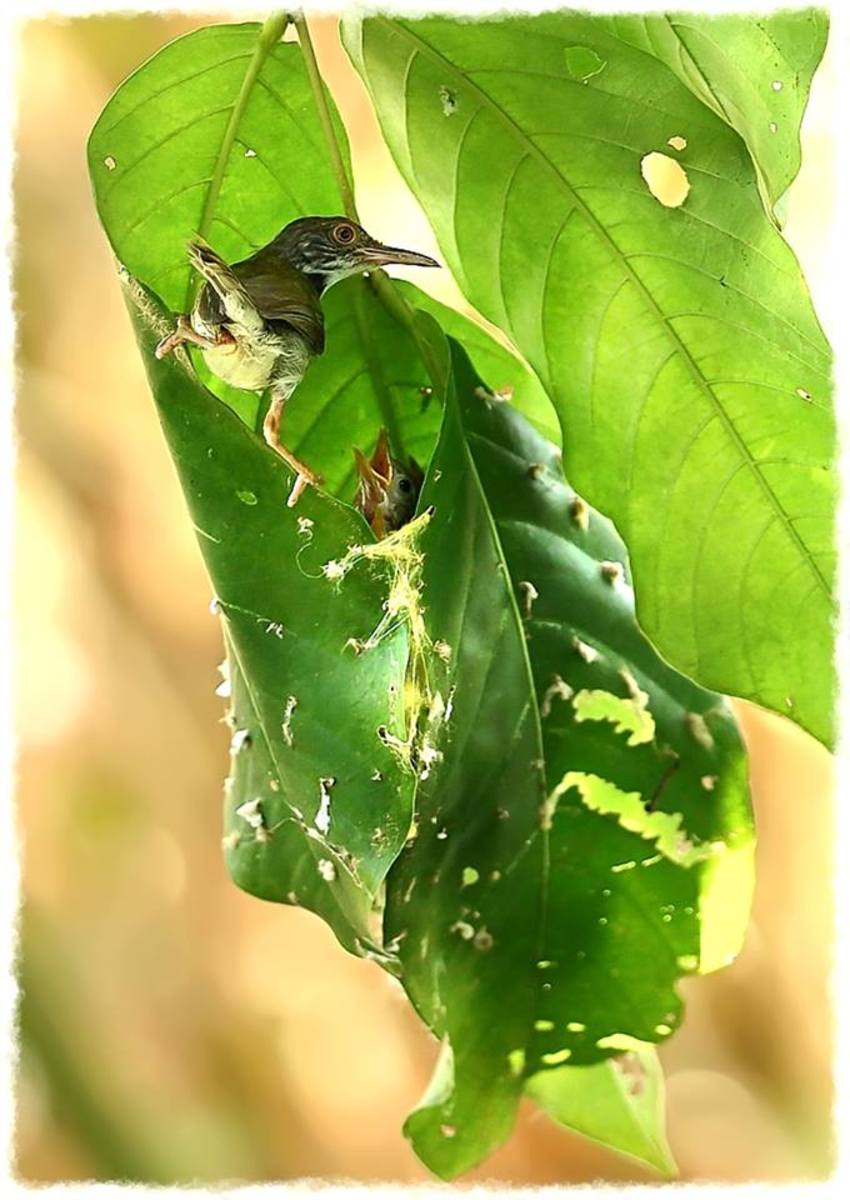Helping Those Amazing Hummingbirds: Hummingbird Feeders
Amazing Hummingbirds
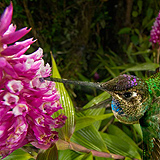
Humming birds: David Attenborough, BBC Wildlife
By Mirna Santana
I previously introduced you to the topic of planting flowers for hummingbirds in my post Gardening with Wildlife: hummingbirds. In the long-term, this is the best strategy to help hummingbirds in their migration routes. Once established, plants reproduce, pollinate and re-seed themselves using their own strategies. Collaborating with other gardeners or neighbors to ensure enough plants in the neighborhood will help plants to avoid self-cross pollination and ensure future generations.
Flowers are however not always available for these tiny travelers, thus complementing their diets with sugar solutions help them to survive. The sugar solutions are easily delivered by feeders that resemble tubular flowers ‘’hummingbird-flowers’’ and are usually red.
How to prepare a sugar solution for hummingbirds?
A diet of 1:4 (sugar: water) is recommended for hummingbirds (see Audubon Society). Most people tend to use white granulated sugar. Use 1:4 granulated sugar and do not experiment with anything else. Hummingbirds usually feed from flowers that offer low reward in terms of sugars 23-26% per volume. Avoid commercials brands and artificial colorants. Do not use artificial sweeteners.
If you use granulated white sugar dissolve in water, no need to boil it. Some people prefer to dissolve it by boiling it in water and stirring up until there are no granules left. In my experience boiling the water also serves as an sterilization procedure. Spring water perhaps is most similar to what the birds are fetching for on their own, but most wells aren't tested and you don't know whether or not the water is safe for consumption. For your own health and that of your family, it is important to learn about the water quality you consume--and/or give to the birds.
Biologist Edward Southwick colleagues look at nine families of plants and found that in most plants within these families the flower nectar are composed of three sugars: fructose, glucose and sucrose. The only exception was a group called Asclepias, which nectar is mostly sucrose. The scientist suggested that tubular flowers have more sucrose. Hummingbird diet in the wild is sucrose rich (Pike and Wiser 1981), but nectar do have many other components, and these birds also consume insects. I read many other papers about the physiology of hummingbirds so my next humming will be about that.
Molds and solution fermentation: This problem happens when feeders are not changed frequently or are not cleaned properly. The average time most people change the water in the feeders is 5 days. In nature that will be plenty of time for a ripe fruit/or other sweets to get molds. Molds also like good sources of sugars and vitamins. Plants avoid spoiling by producing small amounts of nectar and by having nectarines (protein complexes in the nectar that had been found to be involved in immune response against fungal infections).
The nectar in flowers go through reduction/oxidation, and if it is not used it would ferment. This means that things tend to ferment naturally. I actually concern when things do not rotten. If things aren't rotten easily, they may be overloaded with chemicals. Sugar in high quantities is indeed used to prevent food spoiling.Unfortunately the antimicrobial elements present in flower nectar are not present in artificial feeders. The only way to avoid problems is by consistently and and frequently cleaning the feeders.
How frequent shall I clean the feeders?
Normally when you eat you clean your plate right away or within a day. This same norm shall also be applied to the feeders we use for animals. Understandable, most people will think that that is too much work. Yet, if you think of many of us using the same plate or spoon—not only that would not be nice, but would be an easy way to transmit pathogens and spread diseases. Applying the same way of thinking will allow you to remain conscious and to remember to clean the feeders as frequently as possible.
Daily cleansing of the feeders will prevent the birds from getting sick with mold or pathogens. If you can clean it daily a gently soap-water solution will be enough. If you clean weekly, US wildlife office advice a 1% chlorine solution (e.g. 10 ml of bleach per IL water)
Competitors:
There will be competition among hummingbirds for the ‘’artificial flowers’’ that serve as food sources. Yet, that is what you are looking to see, a lot of hummingbirds!
Still other hungry animals such as ants, bees and other birds may also visit the feeders. They however may be a source of contamination for your feeders. Preventing small competitors is almost impossible, yet you can use mechanical barriers (cooper strip, petroleum jelly). To avoid competition with orioles, provide these bird with larger feeders and also with their own sugar water. Orioles prefer less sweet water, 1:6.
Most hummingbirds are shy creatures, thus if you select a place where you can watch them at a prudent distance--you are more likely to enjoy these amazing visitors.
By the way, I do prefer to provide flowers, real flowers to the animals, bees, birds, butterflies, and other animals. If you don't have flowers yet, you can bring flowers from somewhere else and plant them in your garden or even place the vase out. Just wait...I don't know how animals figure it out but they come..I have instances where I have been walking while transporting flowers on the street of an urban place--and I got them pollinated by the bees while I walked. It was a fun thing to watch. Flower nectar is more complex than we know. Some birds show preferences for flower nutrient ratios while others go by demand/offer. Offer them 1:4 sugar solution or even better offer them some flowers. They will grace you with their presence.
Resources:
Southwick E.A, G.M. Loper and S.A. Sadwick 1981. Nectar production, energetics, and pollinator attractiveness in spring flowers of Western New York. Am. J. of Bot. 68, volume7: start on page 994 (6 pages).
Molasses Composition Analysis by the United States Sugar Corporation http://www.suga-lik.com/molasses/composition.html
Nectarines complex prevent microbial infection http://www.ncbi.nlm.nih.gov/pubmed/20970816
Molasses for birds and mammals http://www.petshopusa.com/rnrdst2029.html?mr:referralID=11f47db7-75f3-11e0-9770-001b2166becc
Comparison of nutritional values among different sweeteners honey, agave, molasses sugar http://greenlitebites.com/2010/11/11/sweetener-comparisons-honey-agave-molasses-sugar-maple-syrup/
© 2011 MSantana
